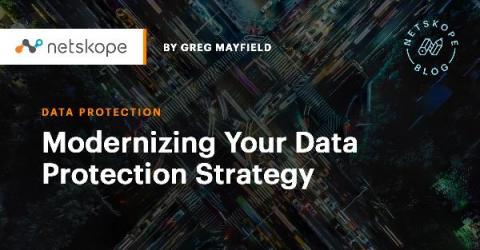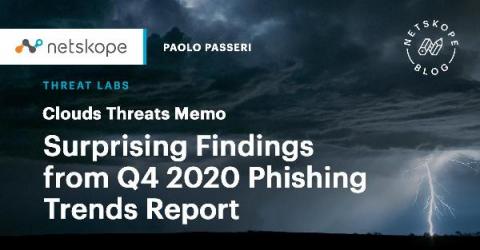Cyberattack on Florida's water treatment plant: What it means to global organizations
The recent news of a cyberattack on a water treatment plant carried out by a remote perpetrator came as a shock to organizations around the world. Earlier this month, an unauthorized threat actor had remotely accessed the plant’s control systems via TeamViewer and used it to increase the amount of sodium hydroxide (lye) in water to dangerously higher levels.











